Fushimi Inari Taisha: A Guide to Kyoto’s Most Enchanting Shrine
Kyoto, Japan, is a city steeped in history and tradition, and one of its most iconic landmarks is the Fushimi Inari Taisha shrine. With its seemingly endless rows of vibrant red torii gates, this shrine is a photographer’s dream and a spiritual haven for locals and tourists alike. Whether you’re a seasoned Japan traveler or planning your first visit, Fushimi Inari Taisha is an absolute must-see.
Currently (as of June 2024), it is very bustling with inbound tourists.
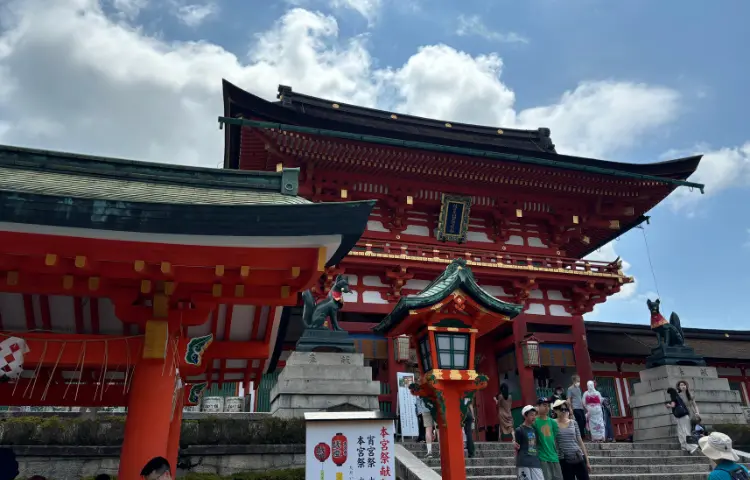
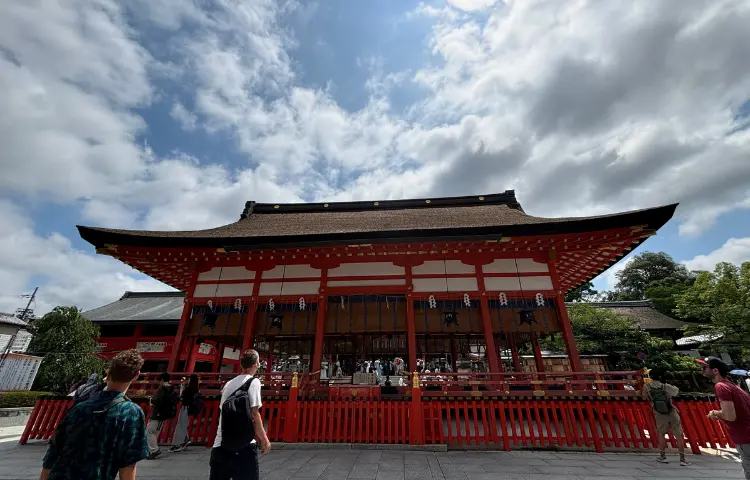
History and Significance of Fushimi Inari Taisha
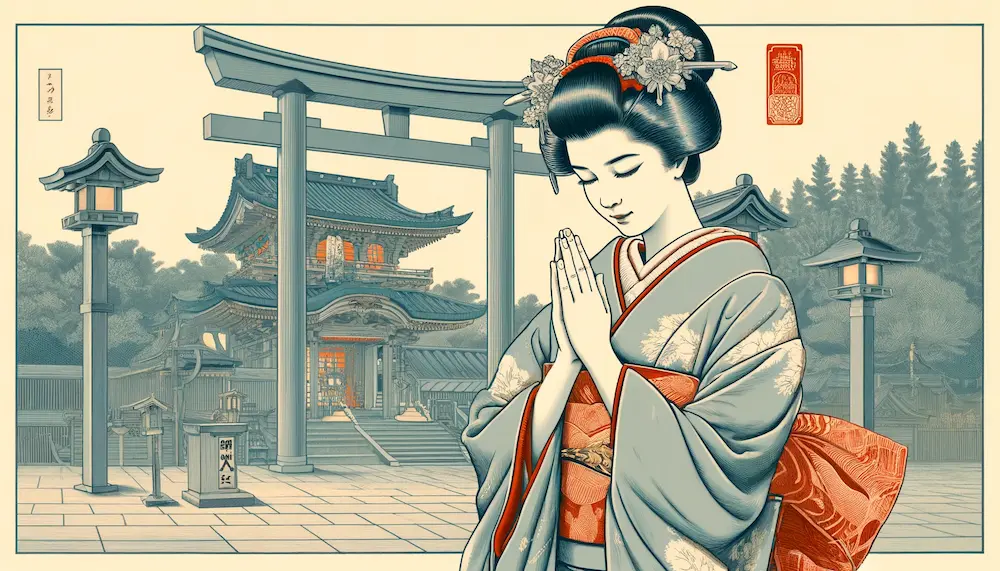
Fushimi Inari Taisha’s roots trace back to the 8th century, making it one of Kyoto’s oldest shrines. It’s dedicated to Inari, the Shinto god of rice, agriculture, and prosperity. Over the centuries, Inari has also become associated with business success, making the shrine a popular pilgrimage site for entrepreneurs and merchants.
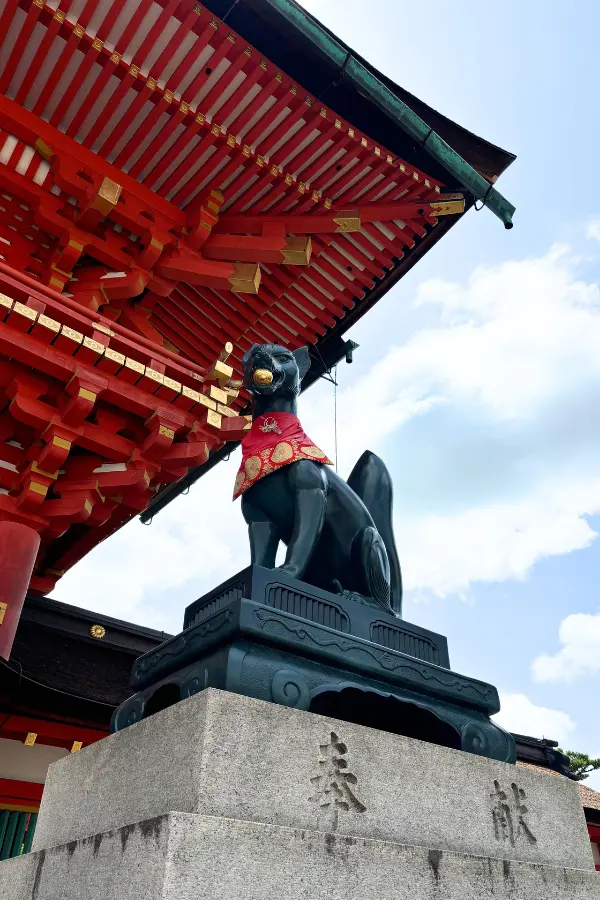
One of the most striking features of the shrine is the fox statues found throughout the grounds. Foxes are believed to be Inari’s messengers, and their statues often hold keys in their mouths, symbolizing the keys to the rice granaries that Inari protects.
Exploring the Torii Gate Trails
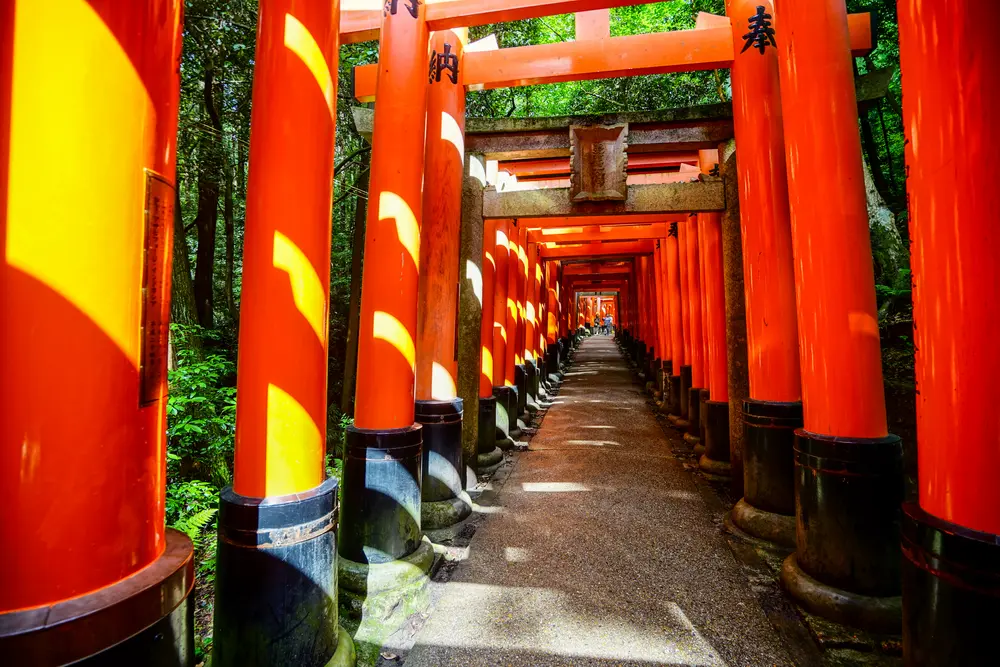
The main draw of Fushimi Inari Taisha is undoubtedly the thousands of torii gates that line the trails leading up Mount Inari. These gates were donated by individuals and businesses over the years as a way to show gratitude and pray for good fortune. The vibrant vermilion color is said to ward off evil and bring good luck, creating a truly magical atmosphere as you walk beneath them.
There are several trails to choose from, each offering a different experience. The most popular route is the Senbon Torii, a relatively easy path that winds through the most iconic torii gate tunnels. This is the perfect spot for a photo that screams “Kyoto!” – the endless rows of red gates make for an unforgettable backdrop. If you’re up for a challenge, you can continue further up the mountain, where the crowds thin out and the scenery becomes even more breathtaking.
Try Your Luck with the “Omokaru Ishi” at Fushimi Inari Taisha!
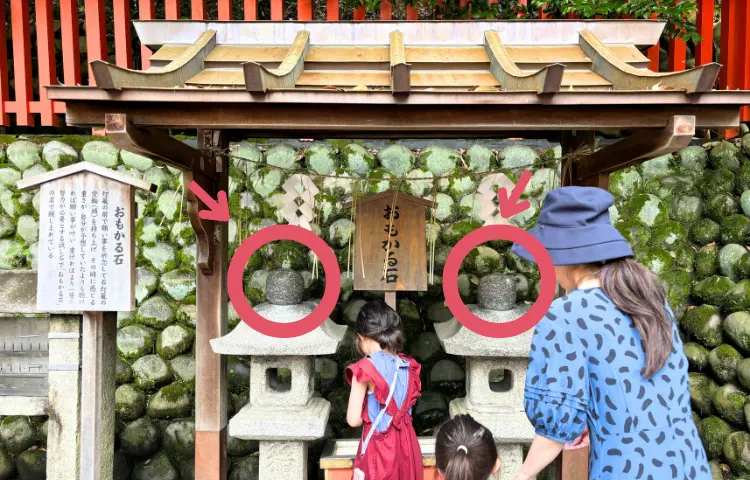
Beyond the Senbon Torii at Fushimi Inari Taisha, you will find the “Omokaru Ishi” (Heavy-Light Stone). Be sure to try your luck here!
First, make a wish in front of the lantern where the Omokaru Ishi is located (don’t forget to offer a coin). Then, lift the round stone placed on top of the lantern (there are two, but either one is fine). It is said that if the stone feels lighter than you expected, your wish will come true. If it feels heavier than you expected, it means you will need to put in more effort to make your wish come true.
By the way, when I made a wish to become rich and then lifted the Omokaru Ishi… it felt lighter than I expected! Maybe I really can become rich!! Haha.
Key Spots and Hidden Gems
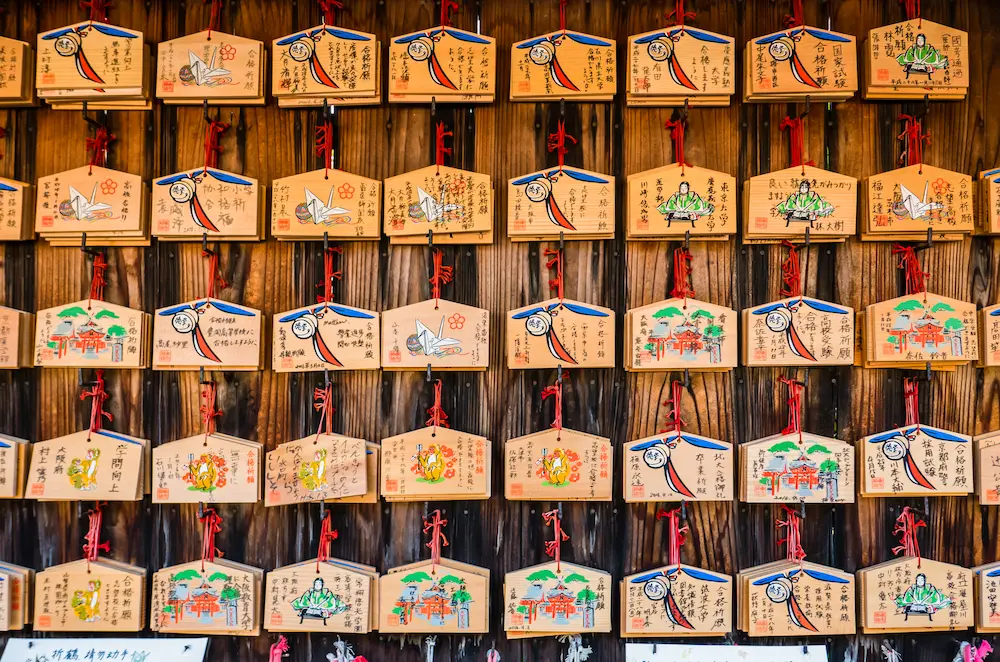
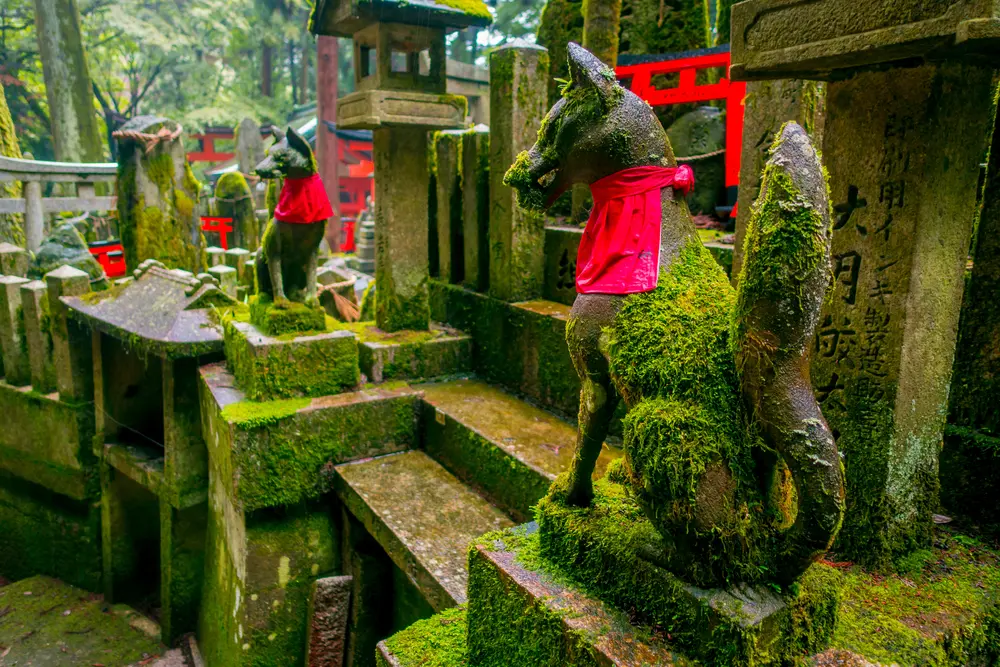
While the torii gates are the main attraction, there’s much more to discover at Fushimi Inari Taisha. The main shrine complex is a stunning example of traditional Japanese architecture, and it’s worth taking some time to admire its intricate details.
As you wander along the trails, keep an eye out for smaller shrines, moss-covered statues, and serene bamboo groves. Some lesser-known spots offer incredible views of Kyoto, so be sure to bring your camera!
When we visited Fushimi Inari Taisha in June 2024, the “Chinowa Kuguri” ritual for the “Nagoshi no Harae” purification ceremony was taking place.
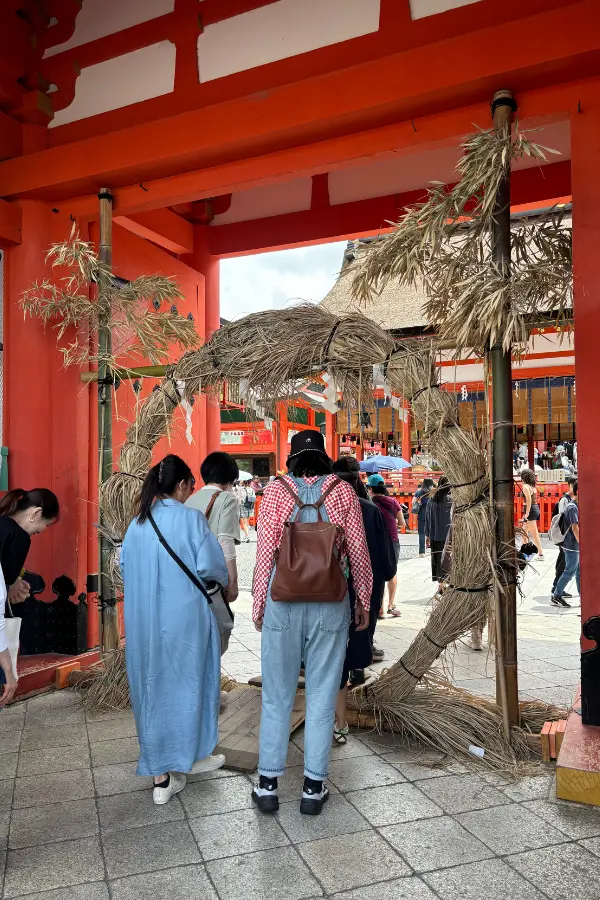
Practical Tips for Visiting
- Opening Hours: Fushimi Inari Taisha is open 24/7, but the shrine offices are open from 9 am to 5 pm.
- Admission: Entrance to the shrine is free.
- Transportation: The shrine is easily accessible by train. Take the JR Nara Line to Inari Station, and the shrine entrance is just a short walk away.
- Food and Drink: There are several restaurants and shops near the shrine entrance, offering traditional Japanese snacks and souvenirs.
- Etiquette: Remember to show respect when visiting the shrine. Bow before entering the torii gates, and avoid making loud noises or disturbing other visitors.
Conclusion
Fushimi Inari Taisha is a truly magical place that will leave you in awe of its beauty and spiritual significance. Whether you’re seeking a peaceful escape from the city or a unique cultural experience, this shrine is sure to leave a lasting impression. So pack your camera, put on your walking shoes, and get ready to be enchanted by the thousands of torii gates that await you at Fushimi Inari Taisha.
Reviews from Visitors
There are no reviews yet. Be the first one to write one.









